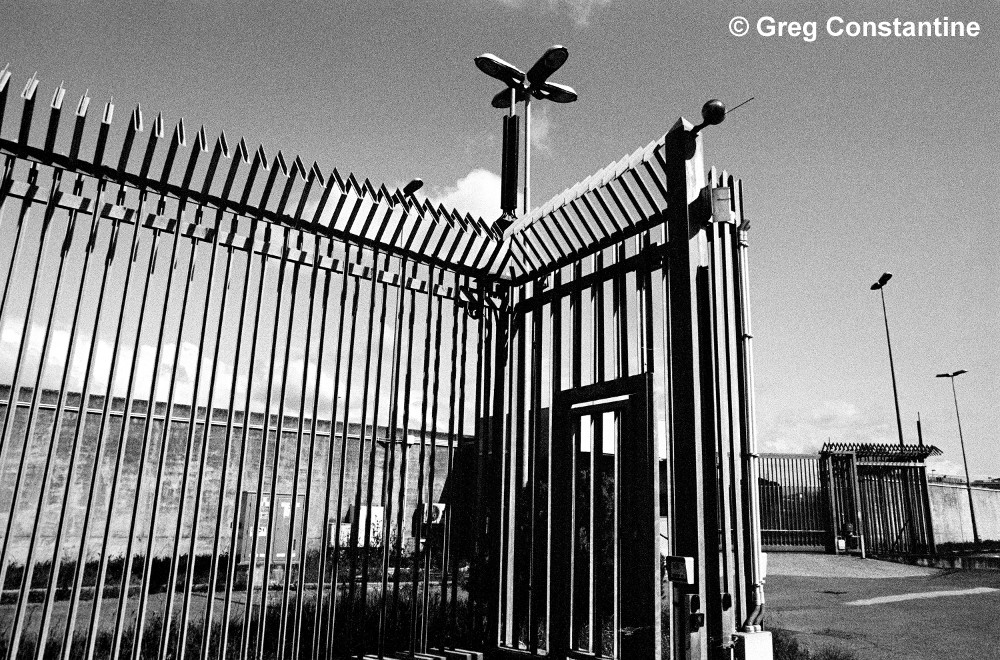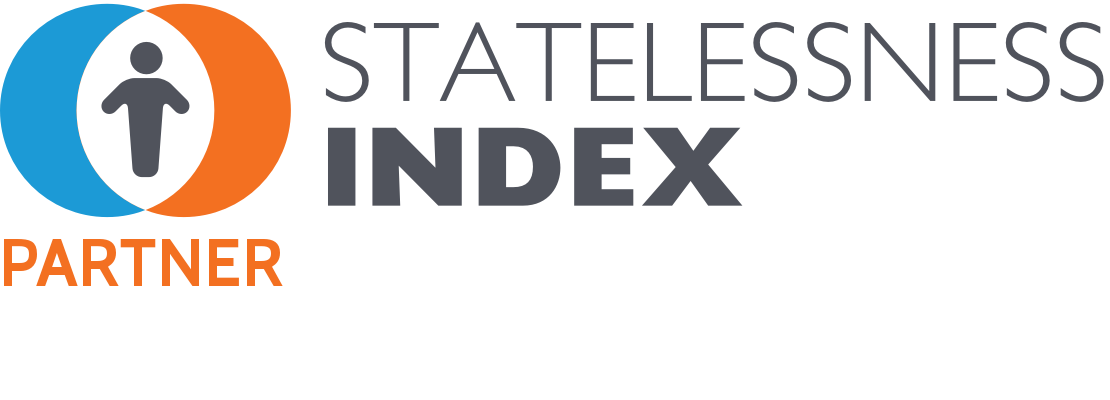We have just started work on a new project: Identification Tool for Statelessness in Asylum. Our efforts will seek to create a working tool allowing us – and our partners – to identify stateless persons in Malta’s asylum scenario.
Although there is no comprehensive and updated research on number of stateless persons in Malta, it is clear that a high percentage is present with asylum-seeking of refugee communities. These would be people who have either been stripped of their nationality due to, for example, ethnic conflicts or partition of states. Otherwise, they could be people who are not recognised by the state they deem to be their own because they might have lived their entire lives outside that country, in a refugee camp in a neighbouring state.
Such situations expose stateless persons to various human rights abuses, mainly due to the fact that they have no state to protect them and ensure their rights.
Once in Malta, there is no way of them seeking protection on the basis of their statelessness. Firstly, although Malta acceded to the 1954 Statelessness Convention, it is still to design a procedure to receive and process applications for such a status. Secondly, it is also possible that stateless persons are unaware of their statelessness as this might only emerge much later in their stay here. For example, this could happen when when Malta contacts the person’s state to organise a return procedure and the state does not recognise the persons as its own national.
Then what? The person remains here in an undocumented state, perpetually waiting for a return that will never happen and – in the meantime – living a live without proper access to rights.
We also know that many children born to refugees here run the risk of being stateless due to the nationality laws of their countries of origin. Laws that do not permit the transfer of nationality from mothers to children present a challenge for those children born in a situation where their fathers are not present to pass on nationality. Then what? In theory, one can say that the child is – for example – Syrian, Libya or Egyptian…but without access to papers confirming this, what status and what future does the child have?
In this project we will try to identify stateless persons within Malta’s asylum-seeking and refugee communities. This will allow us to better understand the factors that lead to statelessness, thereby giving us a stronger voice in our advocacy with the Maltese authorities.
If you want to follow developments in this project, go ahead and follow our News and Updates or get in touch with us.
We’d like to thank the European Network on Statelessness, for supporting this initiative as part of their ‘Routes to Safety for Stateless Refugees‘ project, funded by Comic Relief.
Interested in issues of statelessness?
Have you checked out the Statelessness Index?





